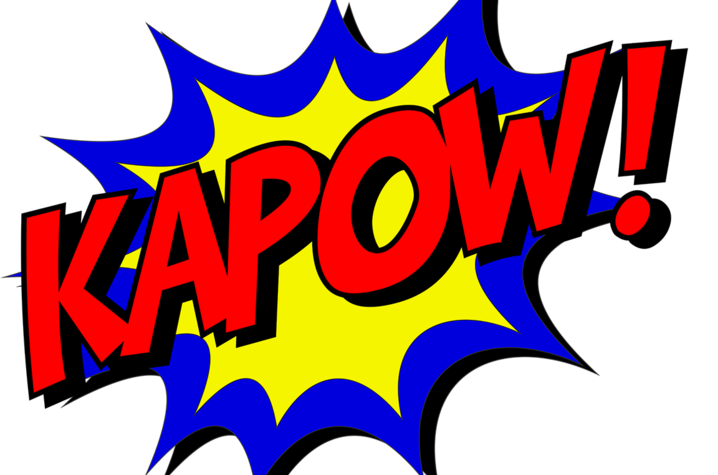CCTS Launches First Science-to-Comic Book Challenge

The UK Center for Clinical and Translational Science (CCTS) has launched its first-ever Science Communication Challenge, inviting investigators to develop and pitch a comic book concept that tells the story of their research.
Disseminating experimental results and data to community members and non-scientists is always a challenge. A new trend in science dissemination utilizes illustrations, such as comic books, where the experiment becomes a scene and target molecules become villains or heroes. With that concept in mind, the CCTS introduces its first Comic Book Challenge. The contest is open to any UK student, trainee, or faculty member with a publication in the last three years in any clinical or translational field. Investigators don't need worry about drawing the comic themselves – the winner will work with an illustrator – but need to propose the story, characters and scenes.
"As scientists, we tend to live by graphs, tables, and data, but our non-sciences peers don't always think in these terms" said Joel Thompson, Ph.D., research development director of the CCTS. "The use of illustration has proven to be a great way to convey complex ideas to audiences outside a particular field of study."
The investigator selected for this award will receive a one-on-one consultation with an illustrator to develop the comic, professional printing of the comic, and a marquis location at the UK CCTS 2020 Spring Conference to display both the scientific poster and a comic poster based on the animated panels developed for the comic book
Letters of intent must be submitted by September 2nd.
LOIs will be reviewed by a committee of science and comic enthusiasts using the following criteria:
- The author’s vision for the characters. For instance, an environmental pollutant could be portrayed as dark and shadowy, whereas dopamine might be brighter and take a happier form. Your ideas don’t have to be drawn or sketched, just thought out and described.
- The author’s vision for the scenes. Think of each experiment as a separate scene. Same as above: no illustration is necessary, just thought out in detail.
- The author’s description of how the community would benefit from an illustrated representation of their manuscript.
Please visit the CCTS Science Communication Challenge webpage for full instructions, a link to the application, and examples and suggestions for scientific illustration.
Credits
Text by Mallory Powell (UK Public Relations & Marketing).
